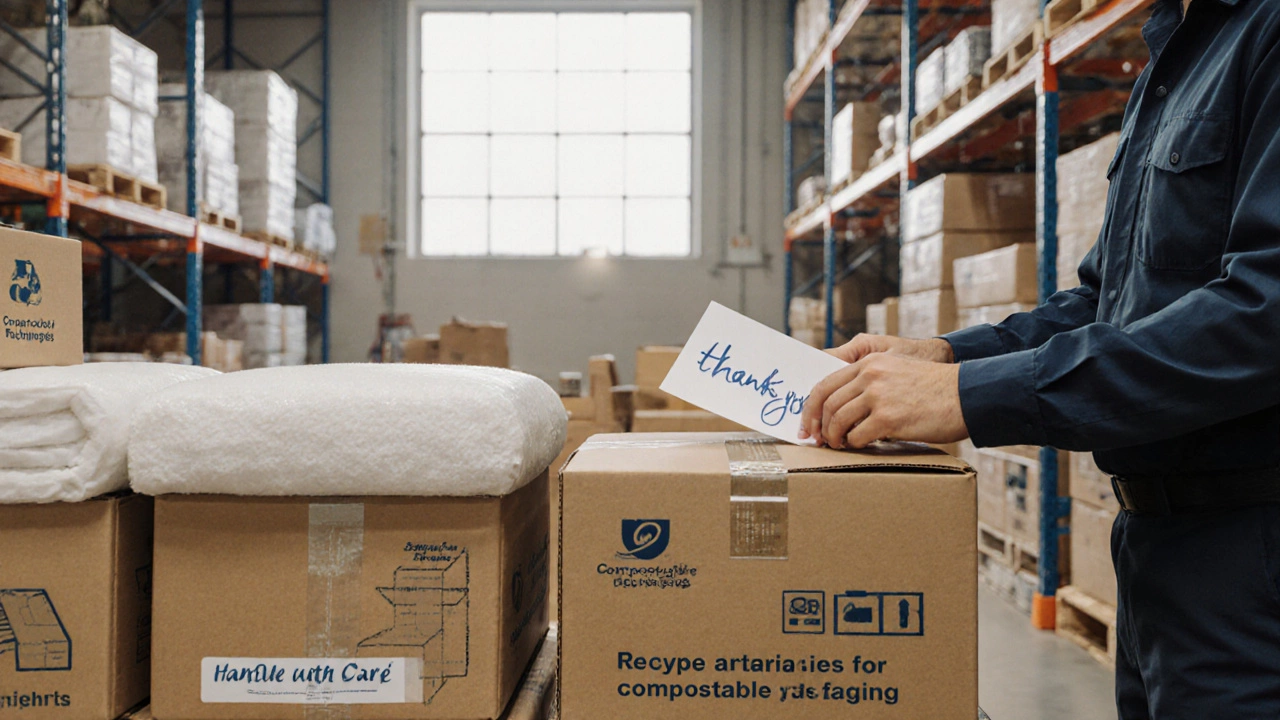E‑commerce Logistics: From Click to Doorstep
Running an online store means more than just posting products. Every order triggers a chain of moves – picking, packing, shipping, and delivering. If any link slips, customers notice fast. That’s why getting a clear picture of e‑commerce logistics is a game‑changer for small shops and big brands alike.
Key Steps in E‑commerce Logistics
First, the order lands in your system. A good order‑management tool instantly shows what’s in stock and flags any shortages. Next comes picking – the process of pulling the right item from the shelf. Simple pick‑lists or barcode scanners keep mistakes low. After picking, the product is packed. Using the right box size and protective material prevents damage and keeps shipping costs down.
Once packed, you choose a carrier. Most sellers compare rates from UPS, FedEx, DHL, and local couriers. Some platforms even auto‑select the cheapest option based on weight and destination. The carrier then takes the parcel to its hub, sorts it, and pushes it through the last‑mile network that finally drops it at the buyer’s door.
Tips to Keep Costs Low
Packaging can surprise you with hidden expenses. Measure your products, then buy boxes that fit snugly – no oversized boxes, no extra carrier fees. Bulk‑shipping agreements with major carriers often shave off a few percent, so keep your shipping volume steady to qualify.
Invest in warehouse‑management software (WMS). Even a modest WMS can route picks efficiently, reducing staff walking time. Combine that with a shipping‑label generator that prints carrier codes directly, and you cut down on manual entry errors.
Don’t forget the return loop. A smooth return process saves money and keeps customers happy. Offer a prepaid return label for small items, and set clear timelines for restocking. The faster you get returned goods back into inventory, the less you lose.
Last‑mile delivery is where expectations peak. Real‑time tracking links, delivery‑time estimates, and a simple “where is my package?” page reassure shoppers. If you can give a precise delivery window, you reduce missed deliveries and the cost of re‑shipping.
In short, e‑commerce logistics is a series of practical steps that you can tighten up with the right tools and smart choices. Focus on accurate order data, efficient picking, right‑sized packaging, carrier comparison, and transparent tracking. Nail these basics and you’ll see faster delivery, lower costs, and happier customers.
Learn the 4 P's of logistics-Product, Place, Price, and Promotion-and how e-commerce sellers can use them to cut costs, speed up delivery, and boost customer loyalty.
Nov, 20 2025
E-logistics is revolutionizing how businesses handle supply chains in e-commerce by improving speed, efficiency, and flexibility. This system leverages technology to enhance order processing, inventory management, and delivery, making online shopping more seamless for consumers. By adopting e-logistics, businesses can reduce costs, increase customer satisfaction, and stay competitive. The integration and automation of logistics functions are key in efficiently managing growing demands. Understanding the advantages of e-logistics can help businesses optimize their operations in the digital marketplace.
Mar, 24 2025

